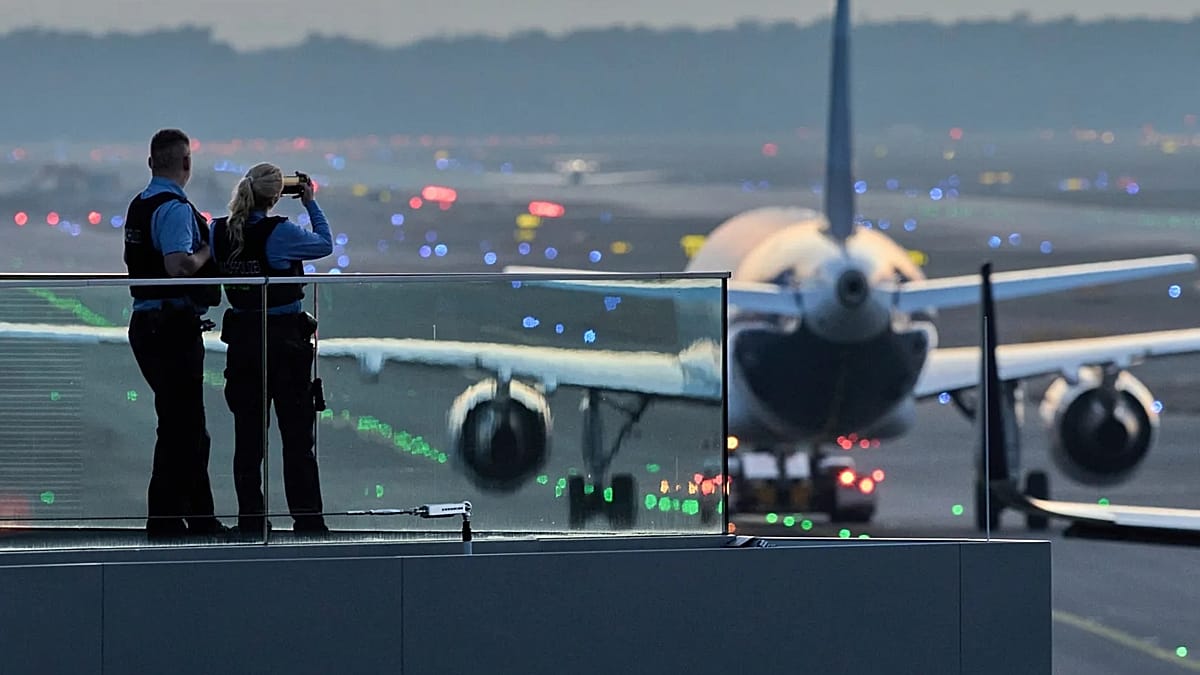The World Health Organisation warned New Zealand last year about the “alarming” gap in its measles immunisation, saying urgent work was needed to close it.
Two WHO medical officers reviewed the Ministry of Health’s measles epidemic preparedness report and noted “with concern” that measles immunisation was at its lowest since 2012.
“There are alarming gaps among Māori and Pacific peoples,” their review said.
If the gaps were not closed, the country was at risk of a large outbreak, it said.
New Zealand officially eliminated measles in 2017 and kept that status, despite the 2019 outbreak, which affected more than 2000 people, because it was able to eliminate the disease again.
There are currently eight known cases in Manawatū, Nelson, Northland, Taranaki, Wellington and Auckland, with fears of an unchecked community spread.
The WHO review recommended New Zealand urgently fill the immunity gaps between Māori and Pacific people, as well as other vulnerable groups, by incentivising vaccinations.
Latest stats show 72% of Māori under-fives are vaccinated, compared to 82% for the whole population.
At least 95% coverage is needed to achieve herd immunity, which prevents community spread.
Generally, New Zealand was praised for having a measles strategy and for being well prepared to respond to outbreaks – mainly because it had a strong ability to trace and respond to cases – but prevention was the best strategy and the country should prioritise that.
In a May briefing, the ministry said work was underway to increase childhood immunisation, including incentivising general practitioners to carry out vaccinations on time.
A school-based catch-up programme for intermediate-aged children was planned for next year.
In the 2019 outbreak, about 700 people were hospitalised, a quarter of them were under two.












